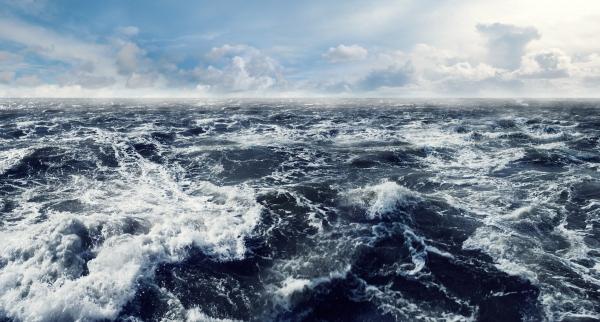First International Treaty on High Seas Adopted
20 Jun 2023 by The Water Diplomat

The world’s first international treaty to protect international high seas was adopted by consensus by the UN General Assembly on Monday the 19th of June. The treaty requires 60 countries to ratify it in order for it to enter into force. This follows the completion of more than 15 years of negotiation among more than 150 countries to ensure the conservation and sustainable use of ocean biodiversity. The Treaty of the High Seas, otherwise known as the Biodiversity Beyond National Jurisdiction (BBNJ) treaty, stems from a call to create an international legally binding instrument for the protection of marine biodiversity, which was accelerated through a UN resolution passed in 2017 to convene an intergovernmental conference which would meet annually to elaborate the text of the treaty.
The treaty applies to the high seas: areas that lie in international waters, beyond the jurisdiction of individual nations, which cover 43% of the surface of the earth. The BBNJ treaty sets in motion procedures to establish large scale marine protection areas, which in turn facilitates a target set under the Kunming-Montreal Biodiversity Framework agreed at COP 15 of the Convention on Biological Diversity to effectively conserve and manage 30% of land and sea by 2030. It also establishes rules around the sharing of benefits from marine genetic resources as well as around environmental impact assessments.
For centuries, under international law, the principle of ‘freedom of the seas’ means that beyond a narrow coastal marine area falling under national jurisdiction, the majority of the world’s open seas remained unregulated. However, pressing international issues such as the increasing pollution of marine waters, increasing exploitation of mineral resources beyond national borders, increasing pressure on the world’s fish stocks and gradually rising ocean temperatures led to the call to develop an internationally binding treaty.
Diplomatic efforts to finalise negotiations and get the treaty adopted were championed by an alliance of 52 states which have been working together for the past year as a ‘high ambition coalition’. This coalition aimed to prepare the ground for, amongst others, the declaration of marine protection areas with associated conservation management plans, the need for clear procedures around environmental impact assessments for activities taking place in the high seas, the fair and equitable sharing of the benefits of marine biodiversity, and the coordination of international scientific research.
